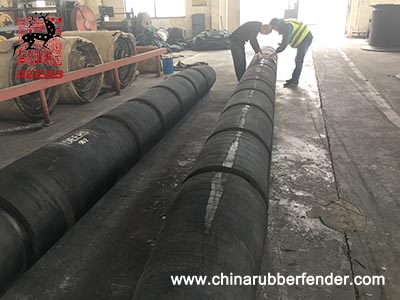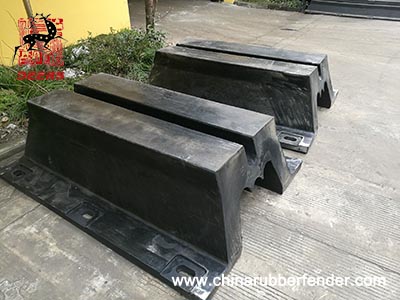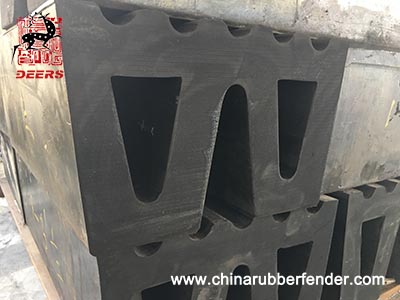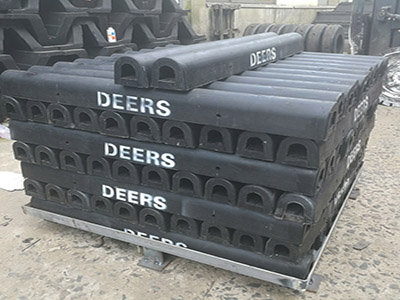Tugboat fender types and application
Tugboat fenders are highly wear-resistant rubber fenders used to protect ships and other surfaces during contact. Boat fenders are also called boat bumpers, rubber fenders, and marine fenders. For starters, a tug is a type of ship that is towed or pushed to manipulate the ship. These boat fenders have excellent resilience performance and are very durable due to their excellent seawater resistance.
The application of tugboat fender
Rubber boat fender, are applied in such a way that they are kept on the hull or the head of a boat or a ship in order to prevent casualty to the hull or the head of the naval vessel if there is any collision happening between boats. However, at the same time, boat fenders are also permanently applied in docks, wharves, and other regular boat entrance and exit points.
This permanent fixation of tug boat fenders is helpful because if there is heavy traffic from a specific dock and an accident or collision occurs, it will greatly reduce the casualties of the ship and the dock. Even in the early centuries, the fender system was used to prevent the loss of the navy ship’s body, but this concept and idea have been more developed in modern times than before. Through successful innovation and creation, a variety of marine fender systems can be used, which are excellent marine equipment.
During the voyage, the ship must approach the port to load and unload crew and cargo, and reach other ships to supply and receive certain cargo; in this case, there is a certain chance of collision, and a large amount of energy will be transferred during the collision. This will cause the death of the crew and damage the ship itself, port, and commodities. The marine fender can prevent the bow or hull from colliding with any other body of water.
The types of tugboat fender
Over the years, various types of marine rubber fenders have appeared, and they provide excellent practicability in the field of water transportation. A variety of tug boat fenders ensure that sufficient options are provided to enable individuals or organizations to choose the best tug boat fenders.
Tug cylindrical rubber fenders are often used as the primary pushing fender on the bow or stern of the tug boat in open sea conditions.

The M-Fender has a large and flexible contact surface, and low pressure is applied during the pushing operation. It can also be installed in tight bends, and their relatively lightweight increases the stability of the tug.
The W-type fender is one of the most successful tug fenders in the world today. It has a unique “open hole” design, which makes installation very simple. Flexible outriggers allow the W fender to bend around most hull shapes. The most commonly used W-type fenders are ocean-going tugs and large port tugs.
D fender provides an excellent barrier against damage caused by ships of various sizes and shapes. D fenders are also commonly used on floating ships and inland waterways to protect ship locks.
In short, tug boat fenders can prevent the bow or hull from colliding with any other body of water. These fenders should be made of tough materials that have a low coefficient of friction and maximum wear resistance. These boat bumpers should be made of high-performance materials that require little or no maintenance. These devices should be designed in such a way that they can meet all the work requirements for deploying these devices. Therefore, durability and strength are the main criteria for choosing any kind of fender.




